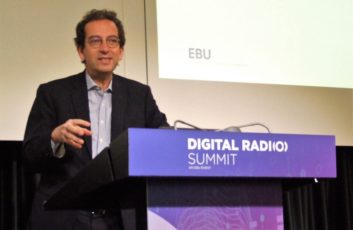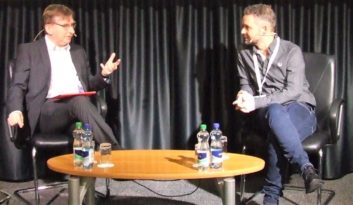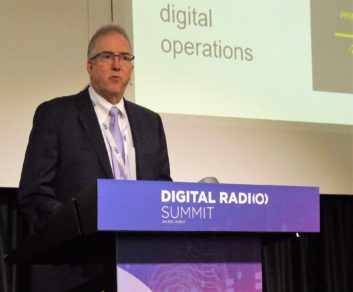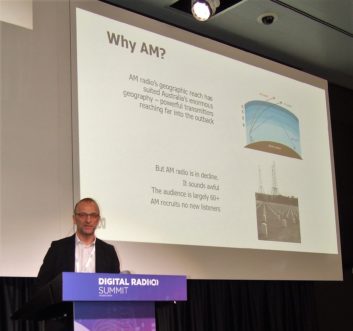The Digital Radio Summit is the flagship event within the European Broadcasting Union’s Digital Radio Week, which took place in Geneva Feb. 11–14.

Antonio Arcidiacono, EBU’s director of technology and innovation welcomed the audience confirming EBU’s strong commitment to the development and rollout of advanced listening models.
INCREASED LISTENING
“The audience is interested in new audio possibilities like binaural audio and immersive audio” he said. “The EBU is always ready to test new broadcast formats during sport events and the Eurovision Song Contest, and it’s impressive how listeners feel when they experience these.”

In his opinion, enriched audio content can provide a different connection to live sport events, and offers a real alternative to the prevailing video-only consumption model.
Several speakers then gave an overview of today’s market situation. Norway completed the FM switch off about one year ago. Just after the completion of the migration to DAB+, listening figures showed a moderate decline in average radio listening time.
“Radio listening is now growing each week, and the numbers are almost back to where they were before the switch off,” explained Marius Lillelien, NRK director for regional radio. “Thirty-five percent of listening is now on stations that didn’t exist before the switchoff, so the move to digital has been a great opportunity for the entire industry.”
BE CONFIDENT
Switzerland is the next country where the FM switch-off is likely to take place. Graham Dixon, EBU’s head of radio, pointed out that because Switzerland’s neighbors share the same languages (German, French and Italian), Swiss broadcasters may worry about their listeners switching to stations across the borders as a consequence of the domestic FM switch off.
Lillelien said in Norway radio listening to foreign radio stations is now “exactly the same as it was before,” even if Swedish radio stations have always been very popular in Norway, and almost everyone there speaks English.
“Notwithstanding the availability of English-speaking radio stations on the web, Norwegians are still loyal to their domestic stations,” he said. “Radio people should be very confident in the power that radio has. Listeners value their content and their favorite station, and they will follow it.”
[Read: Will Radio Eventually Look Like an App?]
AMERICA AND AUSTRALIA
HD Radio is gaining momentum in North America, and not just in the United States. According to David Layer, vice president for advanced engineering at

NAB, HD Radio in Mexico is a “nationwide phenomenon, both in FM and in AM.”
He explained that in Canada, even if HD Radio has not yet been officially adopted, radio broadcasters are widely deploying it, taking full advantage of the lessons learned in the U.S. and of the availability of a new generation of high-efficiency HD Radio-capable transmitters.
As regards in-car radio consumption, Layer commented that the steps car manufacturers are currently taking to enhance the onboard listening experience “is a wake-up call for all broadcasters: they can no longer think this world does not exist.”

Australia is one of the few countries where AM broadcasting still plays a relevant role in terms of audience. In addition to other reasons, the typical AM propagation path fits the demographic distribution of inland Australia, where few people are scattered across a land that is bigger than Europe.
“Typical AM listeners are over 60 years old,” said Jeremy Millar, ABC senior strategy lead. “In Australia AM stations rely on a loyal audience, but are generally failing in attracting new or younger listeners, who prefer FM or digital stations. So AM listening will probably disappear due to demographic effect.”












